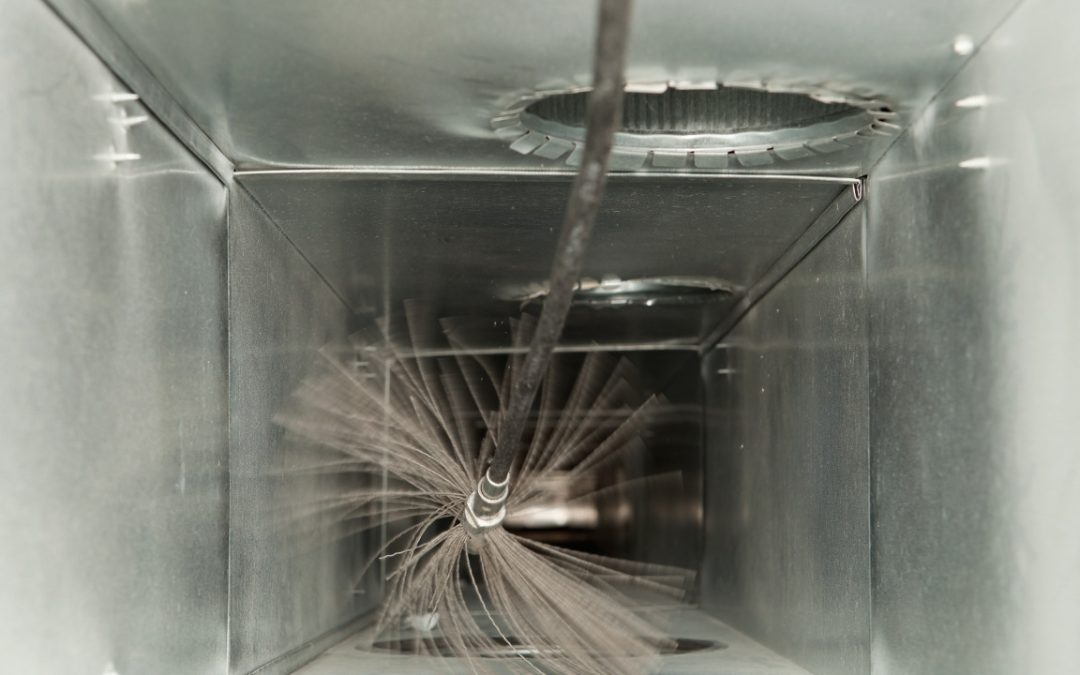Return ducts are a critical component of a heating, ventilation, and air conditioning (HVAC) system. They are responsible for delivering air from inside a building to the HVAC system. Where it can be heated or cooled before returning to the living spaces. One common question that arises when designing an HVAC system is whether return ducts need to be insulated. In this article, we will explore the benefits of insulating return ducts and when it is necessary to do so.
Benefits of Insulating Return Ducts
Energy Efficiency: One of the primary benefits of insulating return ducts improves energy efficiency. Insulation helps to prevent heat transfer from the ducts to the surrounding environment, which can cause the HVAC system to work harder to maintain the desired temperature. Insulated ducts can also help to reduce the load on the HVAC system, leading to lower energy bills and improved overall efficiency.
Indoor Air Quality: Insulating return ducts can also improve indoor air quality by preventing the infiltration of pollutants and allergens from the surrounding environment. Duct insulation helps to create a sealed system, which can prevent outdoor air from entering the ducts and contaminating the indoor air.
Noise Reduction: Insulated ducts can also help to reduce noise levels in living spaces. Duct insulation helps to absorb sound waves. Reducing the amount of noise that transmitted through the ducts and into the living spaces.
When is it Necessary to Insulate Return Ducts?
Location of Ducts: The location of the return ducts can play a significant role in determining whether insulation is necessary. If the ducts located in an unconditional space, such as an attic or crawl space, insulation is typically recommend. These spaces can be subject to extreme temperatures, which can cause the air inside the ducts to heat up or cool down, affecting the efficiency of the HVAC system.
Climate: Climate is another factor that can impact the need for insulation. In colder climates, insulation is typically necessary to prevent heat loss from the ducts, while in warmer climates, insulation can help to prevent the ducts from heating up and transferring that heat to the living spaces.
Building Codes:
Building codes may also dictate whether insulation require for return ducts. Local building codes may specify a minimum level of insulation for return ducts, based on the climate and location of the ducts.
HVAC System Efficiency: The efficiency of the HVAC system can also play a role in determining the need for insulation. If the HVAC system design for high efficiency, insulation may be necessary to ensure that the system is working at its full potential.
Noise Control: Insulation may also be necessary if noise control is a concern. If the return ducts are locat in areas where noise levels need to be controlled, insulation can help to reduce the amount of noise transmitted through the ducts and into the living spaces.
How to Insulate Return Ducts
Choose the Right Insulation: When insulating return ducts, it’s important to choose the right type of insulation. Fiberglass and foam board insulation are both popular choices for duct insulation. Fiberglass insulation is typically wrapped around the ducts, while foam board insulation is cut to fit and then attached to the ducts using adhesive.
Proper Installation: Proper installation is essential to the effectiveness of the insulation. Be sure to follow the manufacturer’s instructions for installation, including the use of proper sealing materials to create a tight seal around the ducts.
Insulate the Entire Duct: When insulating return ducts, it’s important to insulate the entire duct, including any fittings and elbows. This helps to create a sealed system and prevent heat transfer through any gaps or leaks.
Consider Professional Installation: Insulating return ducts can be a challenging DIY project, especially if the ducts are located in hard-to-reach areas such as attics or crawl spaces. Consider hiring a professional HVAC contractor to install the insulation for you. They will have the knowledge and tools necessary to ensure that the insulation is properly install and effective.
Conclusion
In summary, return ducts do not necessarily need to insulate, but it typically recommends doing so for improving energy efficiency, indoor air quality, and noise reduction. The need for insulation will depend on factors such as the location of the ducts, climate, building codes, HVAC system efficiency, and noise control. When insulating return ducts, be sure to choose the right type of insulation, properly install the insulation, insulate the entire duct, and consider hiring a professional contractor if necessary. By properly insulating return ducts, you can ensure that your HVAC system is running at its full potential, saving you money on energy bills and improving the comfort of your living spaces.

